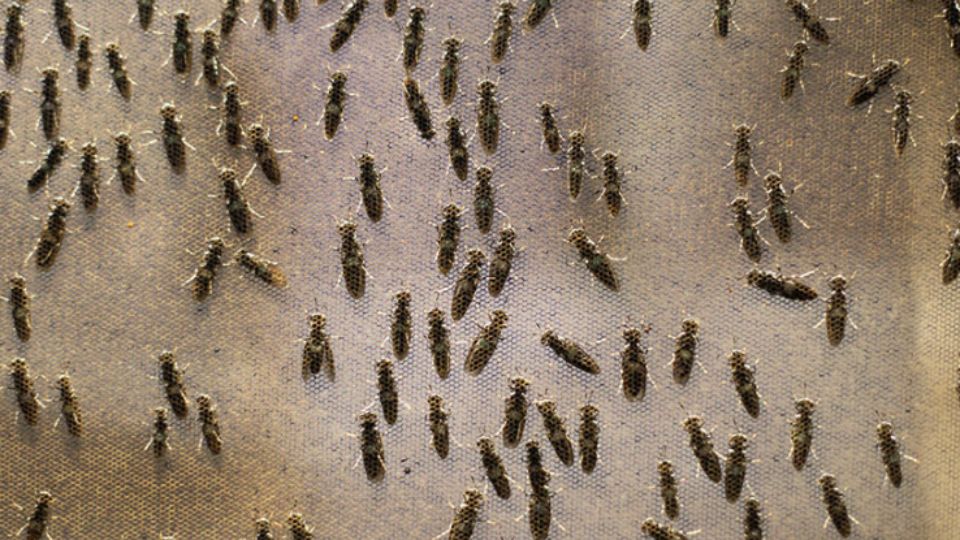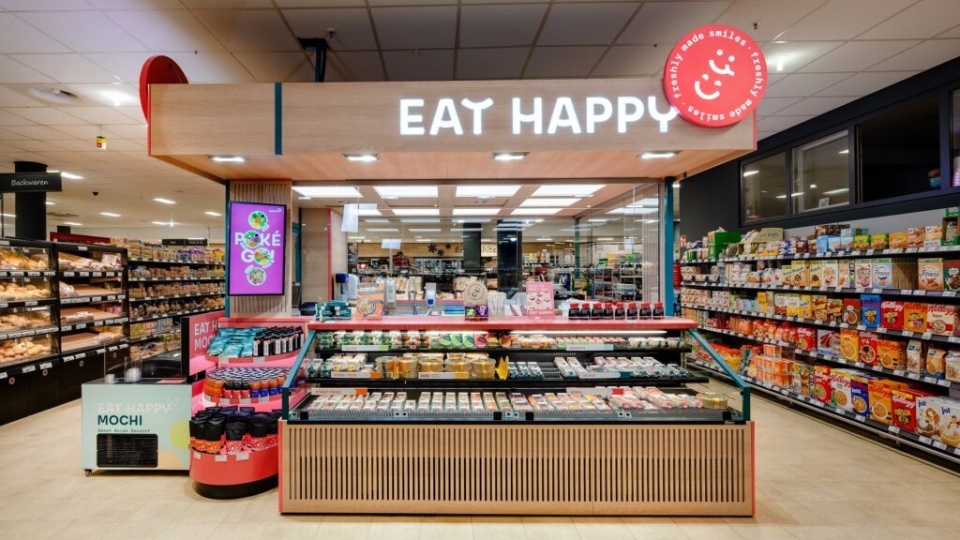
According to a forecast by American financial service company Goldman Sachs, China’s pet food industry is projected to reach RMB 63 billion ($8.8B/€7.9B) by 2030, growing at a compound annual growth rate (CAGR) of 8%.
The primary driver of this growth is expected to be the cat food segment, which is projected to grow at a CAGR of 10%, compared to 6-7% for dog food.
Goldman Sachs also predicts average annual spending on dog food will rise from $129.90 (€116) in 2023 to $163.50 (€147) by 2030, while cat food spending is expected to increase from $128 (€115) to $162.40 (€145) during the same period.
Premiumization driving growth
As China’s pet food market matures, analysts anticipate that premiumization will be a major growth driver for domestic brands like Gambol.
This reflects similar growth patterns seen in global players such as Unicharm in Japan and Nestlé Purina and Blue Buffalo in the U.S.
Moreover, Chinese pet food companies are well-positioned for further expansion by increasing their direct-to-consumer sales, particularly through e-commerce.
Market share
E-commerce dominates the Chinese pet food industry, accounting for 70% of sales.
In 2023, global brands held 65% of the market, down from 70% in 2019, reflecting a shift in trends. Analysts expect domestic players to continue gaining their share of the industry.
In terms of market share, foreign brands like Mars, Royal Canin, Acana and Orijen collectively accounted for 15% of pet food sales in China in 2023.
However, local companies such as Gambol, China Pet Foods and NetEase Yanxuan held a 21% share, up from 15% in 2018.
Goldman Sachs anticipates further growth for domestic players due to improved brand equity, quicker product launches and competitive pricing strategies.
Rising pet ownership
Although pet food is one of the fastest-growing consumer sectors in China, with a CAGR of 16%, overall pet ownership remains relatively low compared to countries like Japan and the U.S.
Nevertheless, the younger generation of pet owners and increased ownership in lower-tier cities are expected to drive the market forward.
By 2030, it is estimated that a maximum of 7.6% (5.6% in 2023) of households will own dogs, and 9.7% will own cats (7.1% in 2023).
While these numbers represent significant growth for China, they remain far below the U.S. rates, where 44.2% of homes own dogs and 38.4% own cats as of 2024.
The latest articles

From South Africa to Europe: Maltento expands footprint
The South African insect company is leveraging its strategic location and aims to triple its revenue by 2026.

Former Fressnapf CEO moves to sushi company
Johannes Steegmann takes on a new role as CEO of Cologne-based Eat Happy Group.

Thai pet food industry responds to address temporary US export ban
The US government has identified the country’s pet food as a product category that is potentially produced with child or forced labor.
Weekly newsletter to stay up-to-date
Discover what’s happening in the pet industry. Get the must-read stories and insights in your inbox.
